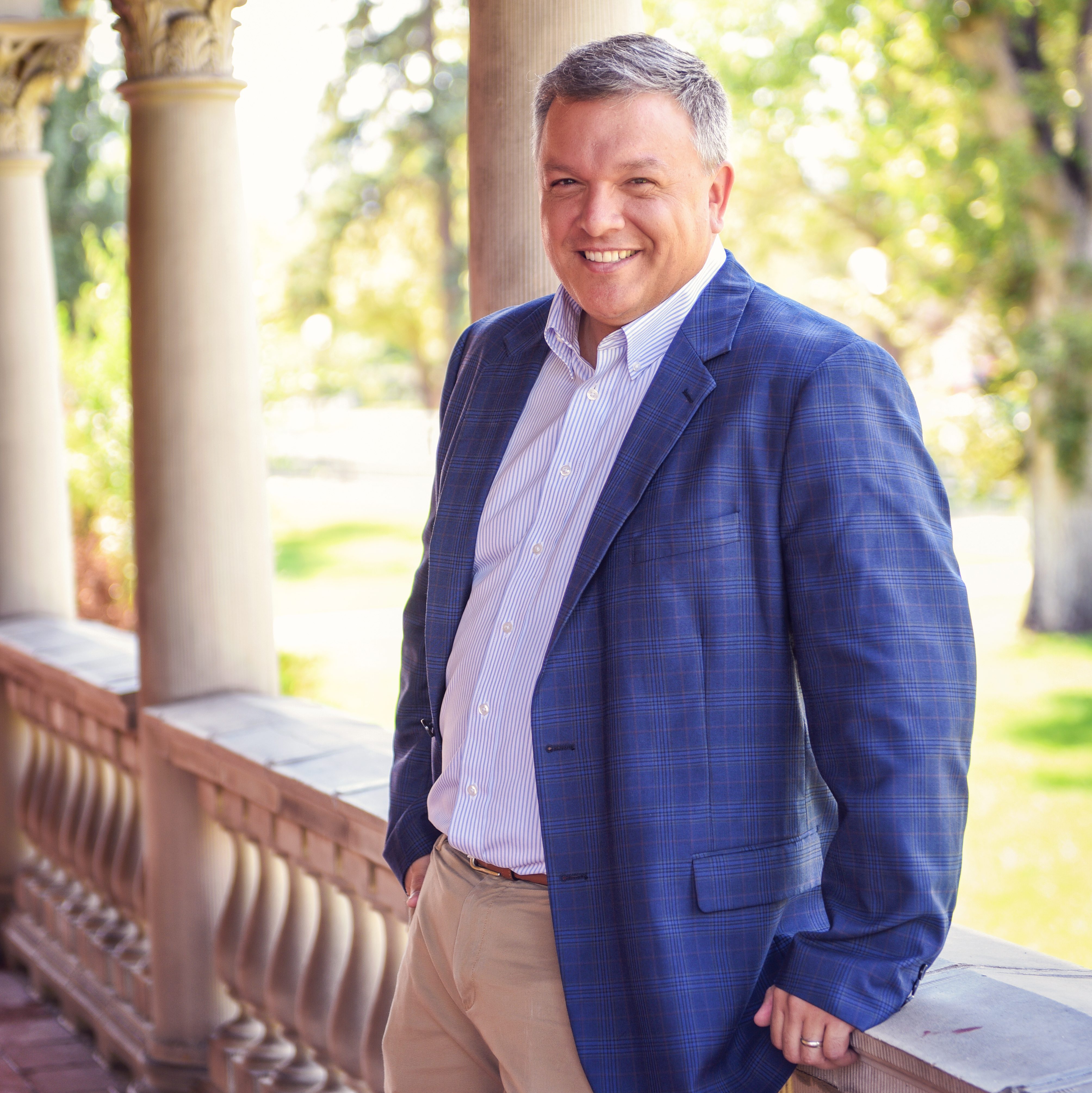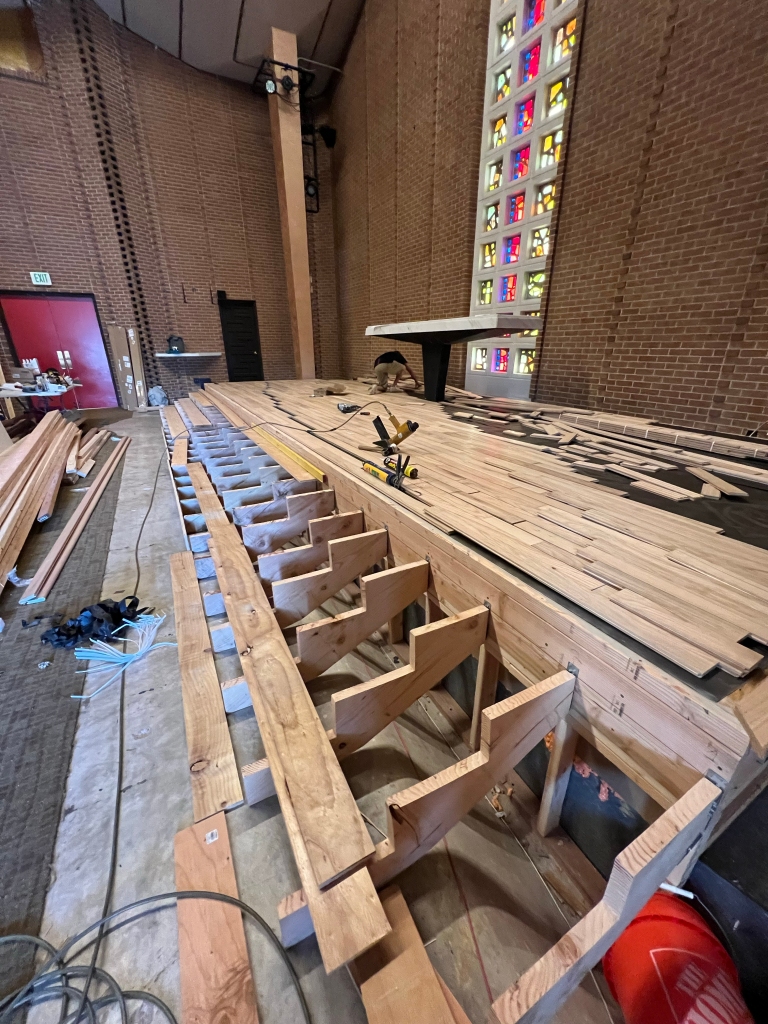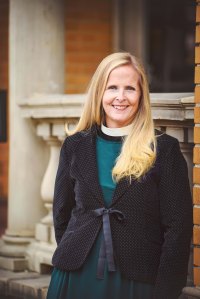

“When they heard this sound, a crowd came together in bewilderment, because each one heard their own language being spoken.” Acts 2:6
Pentecost is the day we celebrate the giving of the Holy Spirit to the church. The Holy Spirit uses the apostles to share the good news of Jesus with people in their own language. It’s a reminder to me that this good news is for everyone. Think about that. This good news is for each of your neighbors, each of your friends, each of your co-workers, and each member of your family. BUT they need to hear it in their own language. Our work is to let the Holy Spirit speak through us to them in a language that might not be our own so they can hear the good news for them. That’s not an easy task. The way a 20-year-old hears the good news is different from how a jaded 40-year-old might hear, and they speak a different language from their 60-year-old neighbor. Add to that gender, income, education, and experience diversity, and you can see why we need the Holy Spirit to speak multiple languages through us to get the good news into people’s hearts. I suppose we must ask ourselves if we are willing to speak the gospel in unfamiliar languages or if we will insist on it being said in the language we grew up with? We’ll talk more on Sunday.
–Pastor Travis Norton
Looking for last week’s worship? You can find it here!




















